Plant Alternatives To Traditional Lawn Grass
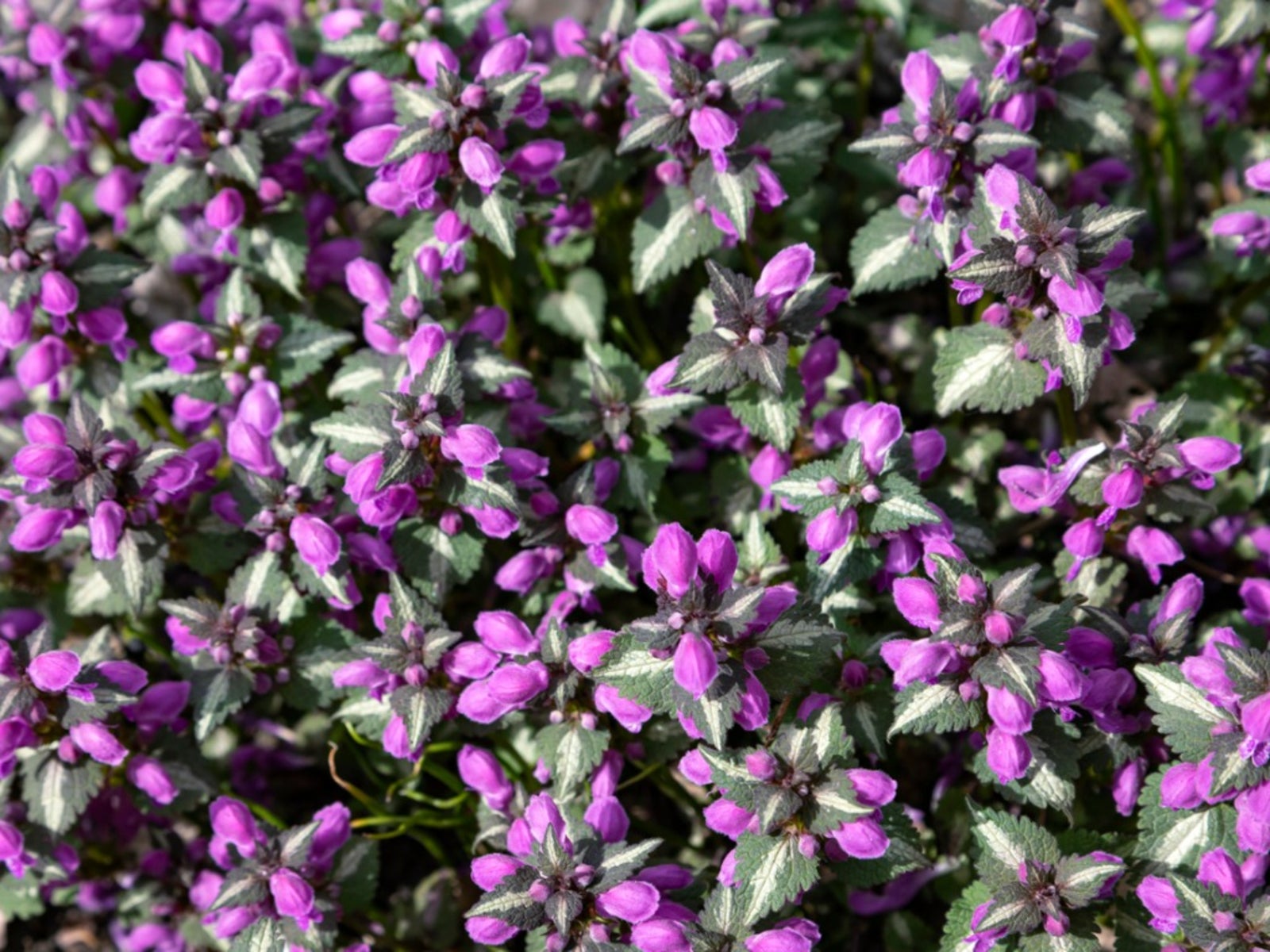

Numerous types of plants can be used on the lawn to replace traditional grass. These may come in the form of groundcovers, fescue, and ornamental grasses. They may also consist of flowers, herbs, and vegetables. Depending on what you choose, many of these are tolerant to drought and hold up well against foot traffic.
Plant Alternatives to Grass
Groundcovers
With groundcover plants, you can easily knock out the dreaded chore of mowing the grass. These low-growing plants spread easily in even the toughest sites, providing thick coverage that will eventually benefit the soil beneath. Groundcovers can also add appealing texture, with some varieties having seasonal blooms and colorful fall foliage. You can even choose nitrogen-fixing plants, like clover, which act as a soil conditioner. Ajuga is a creeping evergreen that works well in both sun and shade. Varieties with purple foliage are also available. If you have a shady site that doesn't take grass well, put in some ivy. Soon you will have a lush carpet of green. Creeping Jenny is sometimes considered an invasive weed in the yard; however, this plant will make a great groundcover to replace a lawn. With its yellow blooms and coin-looking foliage, creeping Jenny will easily brighten up the lawn, especially shady areas. Dead nettle is another option. Don't let the name put you off, this is actually an attractive groundcover with lovely, variegated foliage and stunning spring blooms.
Fescue and Ornamental Grass
Both fescue and ornamental grasses provide another alternative to the traditional lawn. Fescue grasses are tolerant of everyday wear and tear and can thrive in a variety of locations. Tall fescues are coarser, drought tolerant, and provide a very low maintenance lawn for your home. Ornamental grasses are also low-maintenance plants that make great lawn alternatives. Since there are numerous types to choose from, finding one that meets your specific needs shouldn't be a problem. However, sticking to a variety that is native to your area will increase your chances of success. A native grass lawn requires little supplemental water once it's established and doesn't suffer from many pest or disease problems. Native grasses can be mown or left alone to create the appearance of a natural prairie.
Flowers, Herbs and Vegetables
Another option for your lawn includes the incorporation of flowers, consisting of carefully placed beds or stunning meadows. Flowerbeds are easy to create and significantly lessen your mowing needs by reducing the amount of lawn you have. Wildflowers mixed in with prairie grasses will create a lovely meadow; however, check first to see what varieties thrive in your area. A meadow can add striking color and texture to your landscape while providing a low maintenance solution to the traditional grass-covered lawn. If a meadow is not for you, perhaps you would like to implement a vegetable garden instead. Whether it comes in the form of a huge plot or several small beds, a vegetable garden not only replaces areas of lawn but also produces mouth-watering food. You can even mix in some flowers and herbs. Want to add a delightful fragrance? Try herbs as a lawn alternative. There are many easy-care varieties available that hold up well to foot traffic. In fact, walking through these aromatic plants will actually trigger their pleasant scents. Popular choices include creeping thyme, chamomile, and pennyroyal. Another interesting way to cover the lawn and add color is with bulbs. This works great for problem areas which are difficult to mow. Simply take handfuls of selected bulbs and gently toss them into the site. Plant the bulbs where they landed for a naturalized appearance.
Gardening tips, videos, info and more delivered right to your inbox!
Sign up for the Gardening Know How newsletter today and receive a free copy of our e-book "How to Grow Delicious Tomatoes".

Nikki Tilley has been gardening for nearly three decades. The former Senior Editor and Archivist of Gardening Know How, Nikki has also authored six gardening books.
-
 Looking For Plants To Give You The Soft And Fuzzies? Try These 5 Fuzzy Leaf Plant Options
Looking For Plants To Give You The Soft And Fuzzies? Try These 5 Fuzzy Leaf Plant OptionsLovers of texture, drama, silver foliage and tactile plants will adore these special sensory garden additions. These fuzzy leaf plant options will leave you all aglow
By Susan Albert
-
 Get Ready For A Summer Of Hummers! Grow These Full Sun Hummingbird Plants and Flowers
Get Ready For A Summer Of Hummers! Grow These Full Sun Hummingbird Plants and FlowersIf you’re lucky enough to enjoy a sunny backyard, make sure you are maxing out on your pollinator opportunities and grow these full sun hummingbird plants and flowers
By Tonya Barnett
-
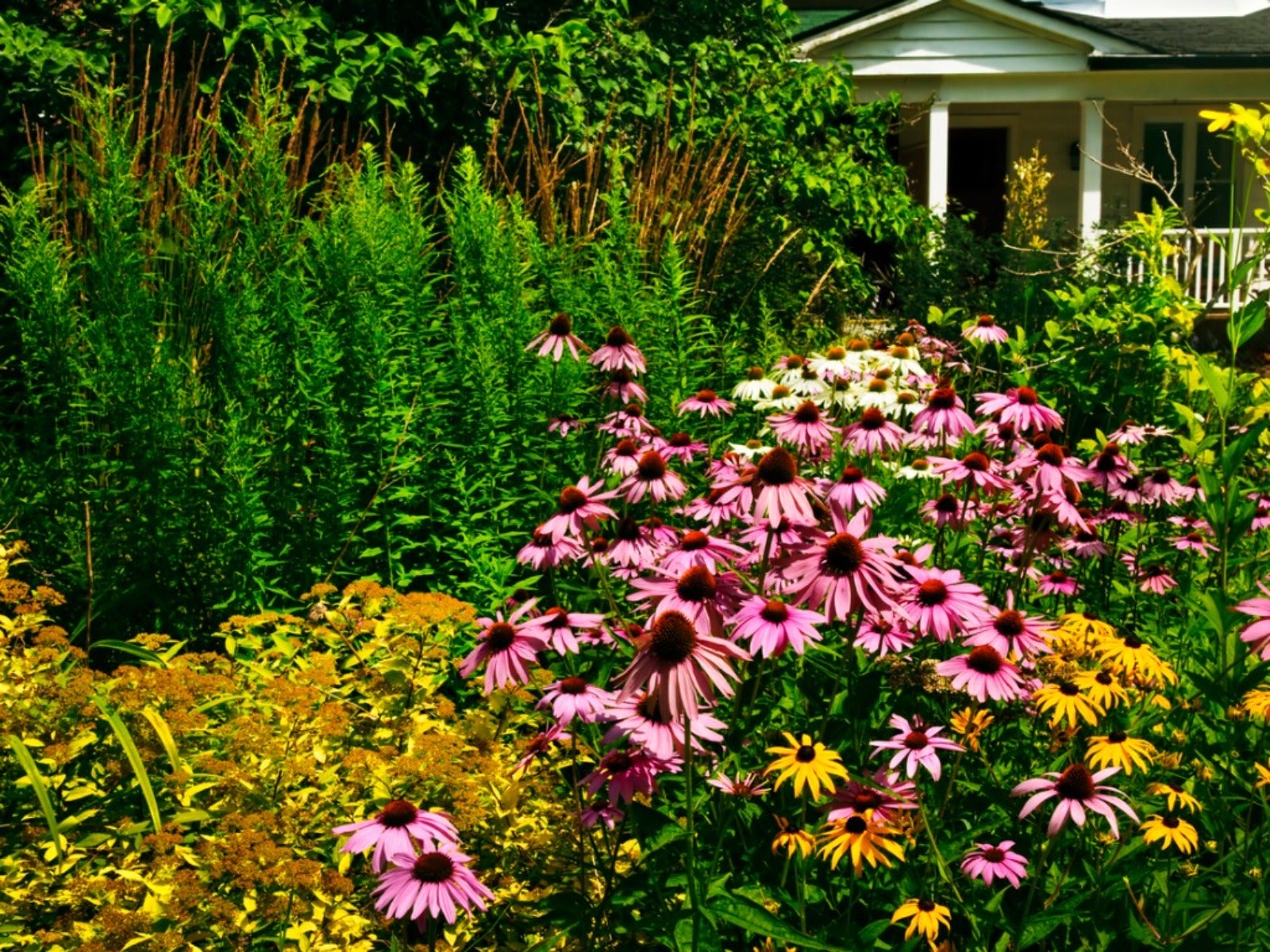 Why You Should Ditch The Grass And Grow A Prairie Lawn
Why You Should Ditch The Grass And Grow A Prairie LawnLearn why a prairie yard with native grasses is far more earth-friendly than a standard tuf-grass lawn.
By Mary Ellen Ellis
-
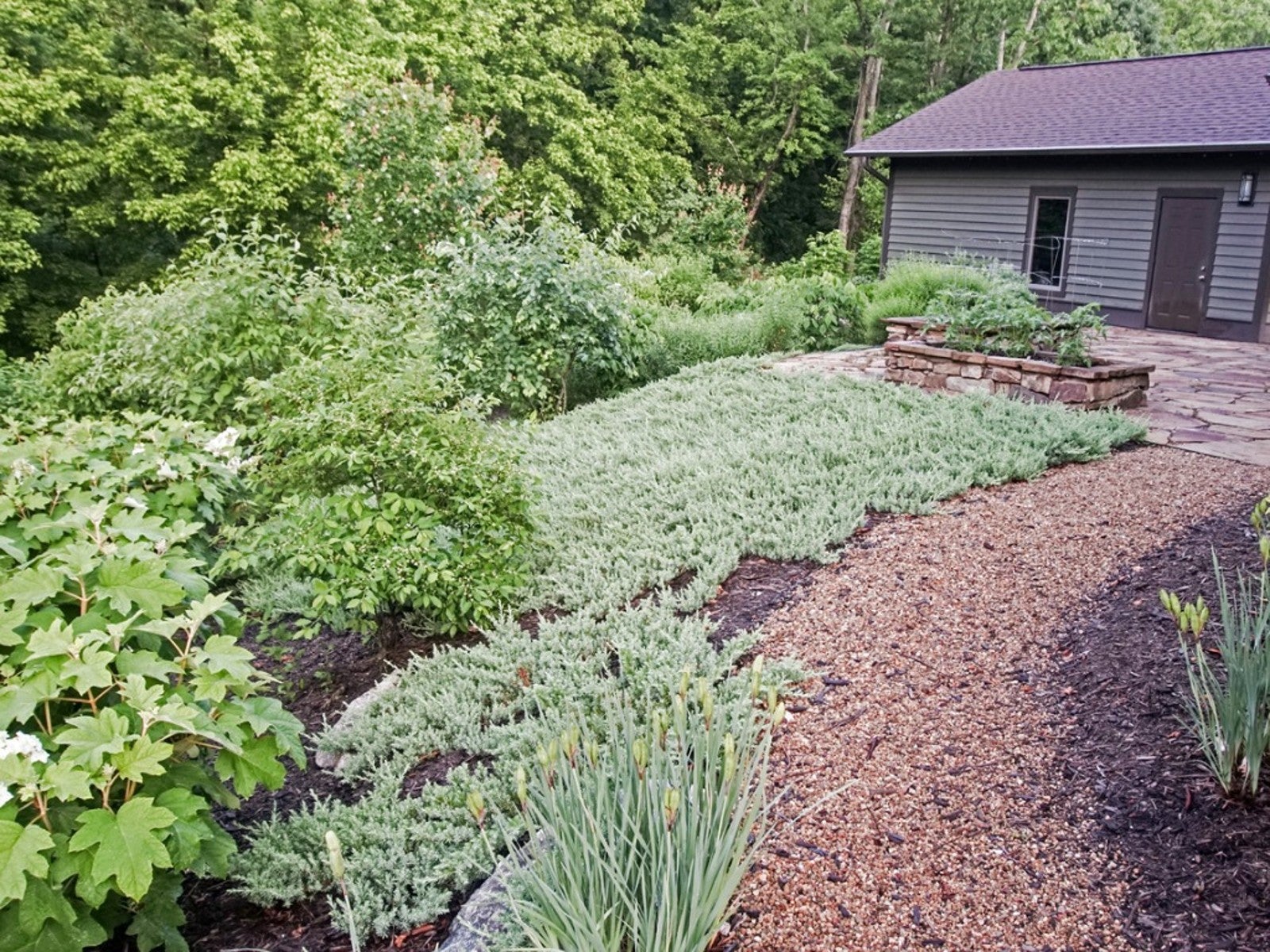 Grass Alternatives For Shade: Lawn Substitutes For Shade Yards
Grass Alternatives For Shade: Lawn Substitutes For Shade YardsMany people know the struggle of trying to grow grass in a shady yard. If you're one of these people, consider a shady lawn alternative.
By Mary Ellen Ellis
-
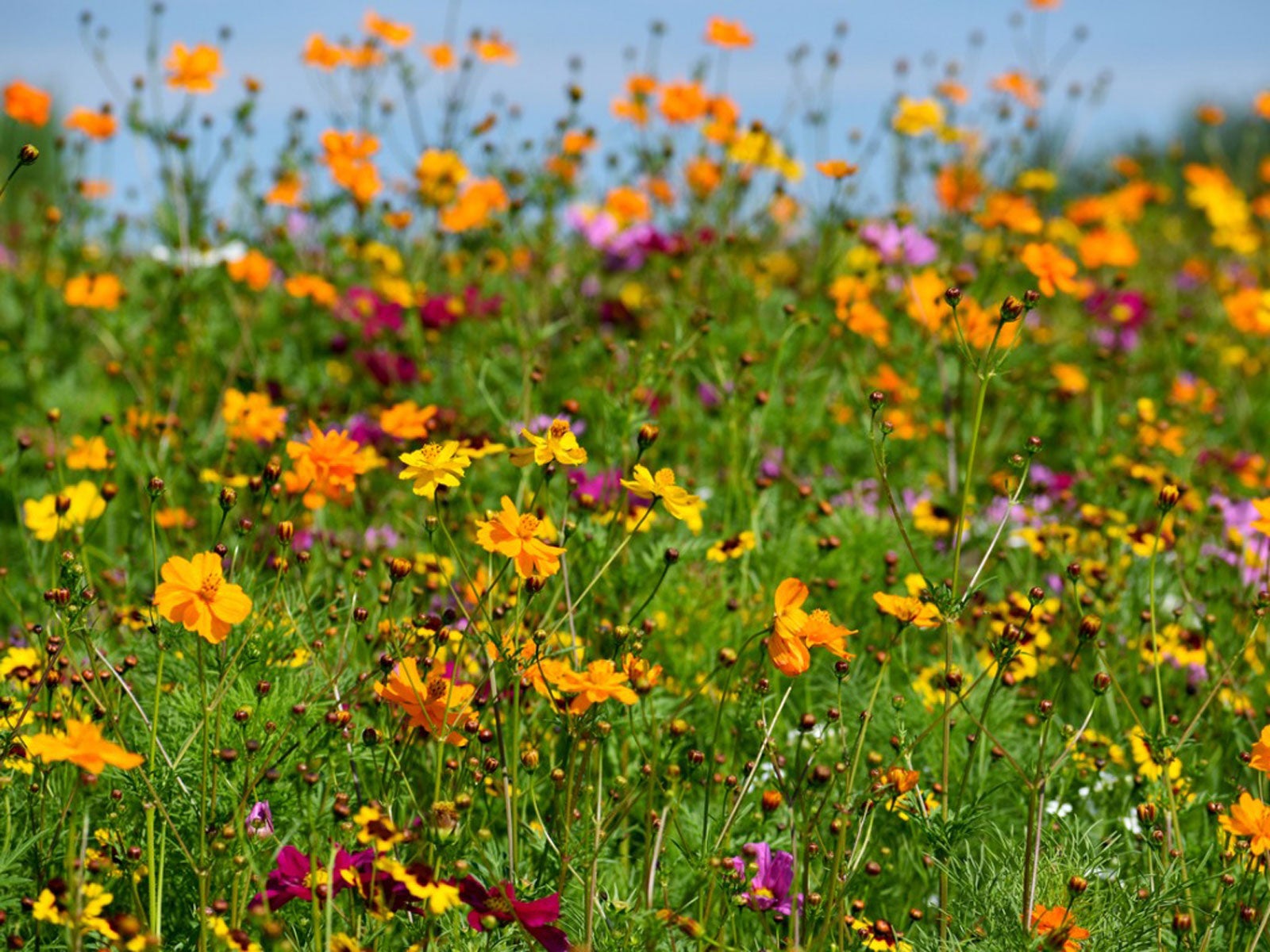 Wildlife Garden Turf: Creating Mini Meadows For Wildlife
Wildlife Garden Turf: Creating Mini Meadows For WildlifeThe appeal of a perfect, green lawn is strong, but more people are turning to wildlife-friendly alternatives. A wildflower meadow lawn is one option.
By Mary Ellen Ellis
-
 What Is Naturescaping – Tips For Planting A Native Lawn
What Is Naturescaping – Tips For Planting A Native LawnGrowing native plants instead of lawns can be better for the local environment and, ultimately, requires less maintenance, but it does require a big initial effort. A lot of work goes into removing existing turf and naturescaping an entirely new landscape. Learn more here.
By Mary Ellen Ellis
-
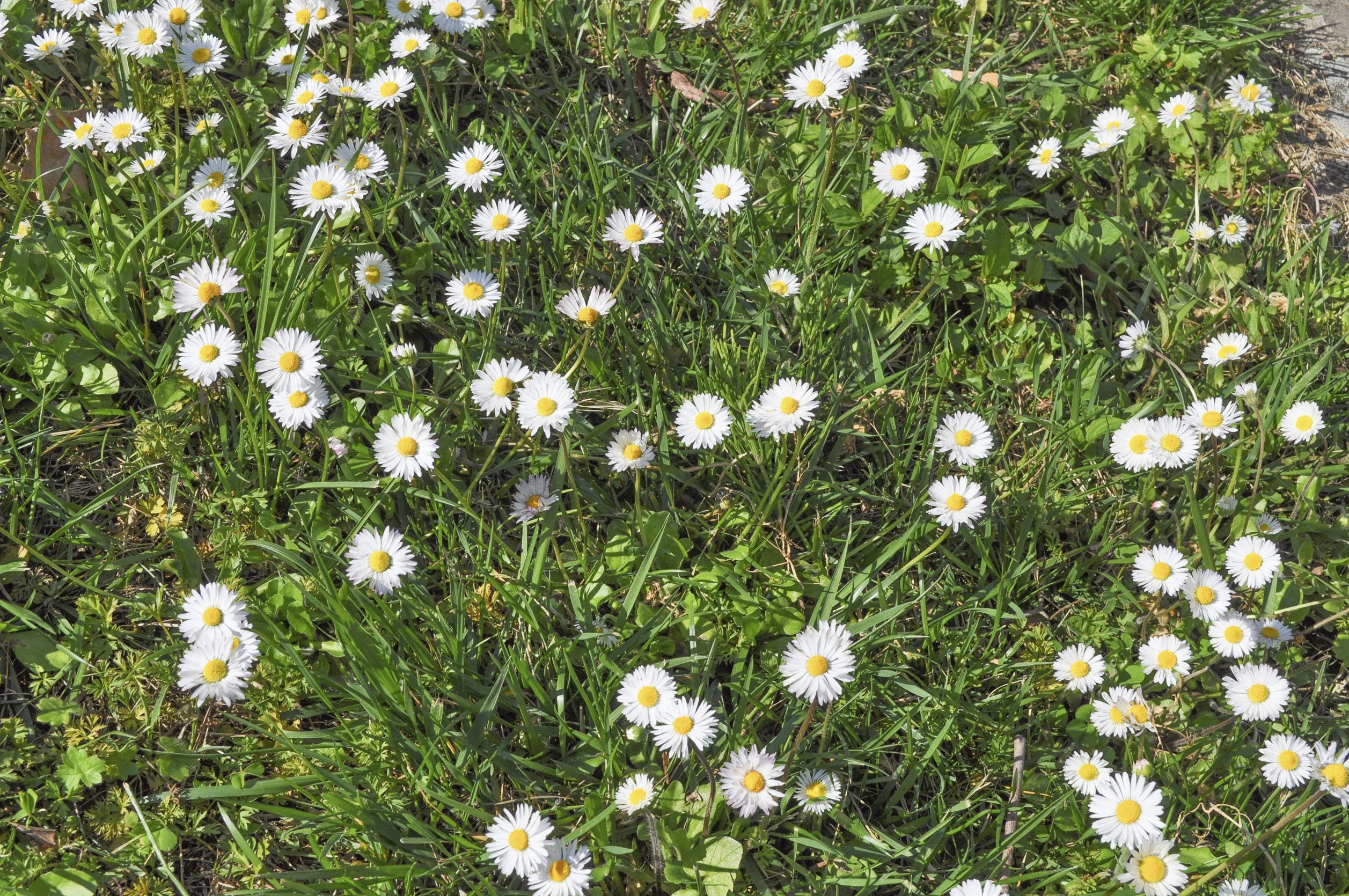 Wildflower Lawns: Tips On Growing Flowering Lawns
Wildflower Lawns: Tips On Growing Flowering LawnsMany people are looking for lawn alternatives to reduce watering, fertilizing, and mowing. Wildflower lawns are one option. This article has more information.
By Teo Spengler
-
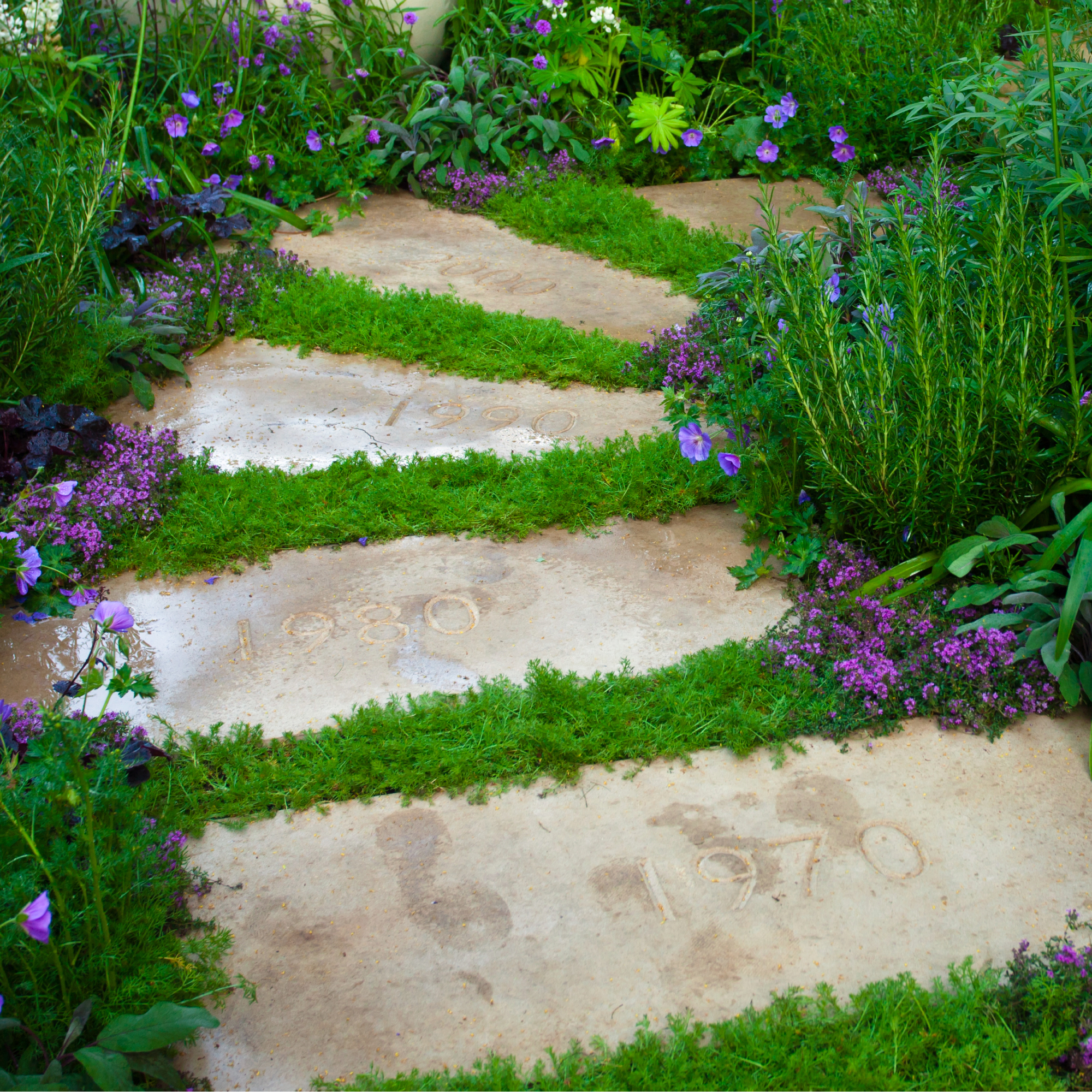 Best Steppable Plants: Learn About Plants That Can Be Walked On
Best Steppable Plants: Learn About Plants That Can Be Walked OnWhat are walkable plants? They're plants that can safely be walked on. Walkable plants are often used as lawn replacements because they are tough, drought-tolerant, and require very little maintenance. Learn more about them in this article.
By Mary H. Dyer
-
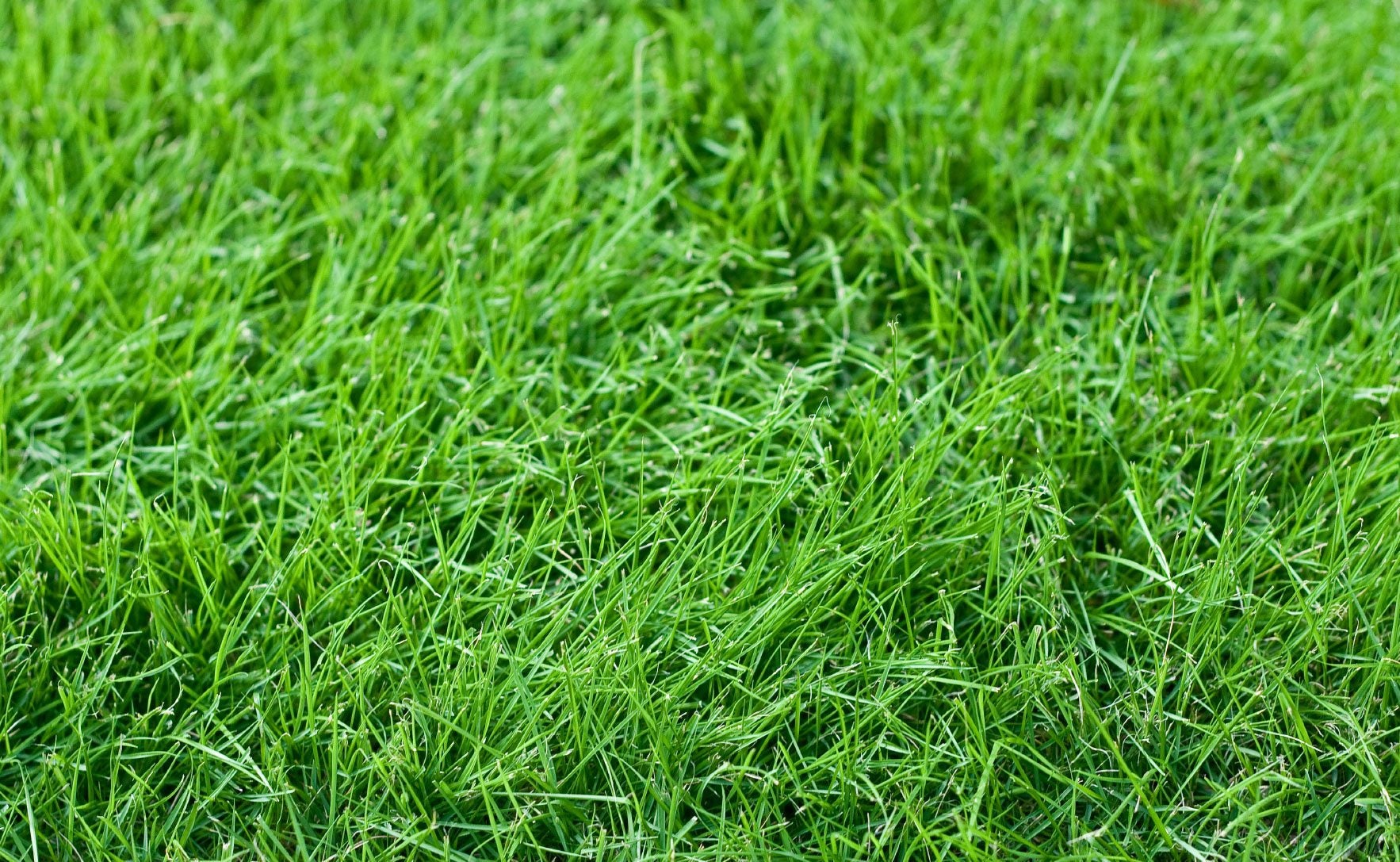 What Is A No-Mow Lawn: Tips For Creating A No-Mow Lawn
What Is A No-Mow Lawn: Tips For Creating A No-Mow LawnOne of the chores that the homeowner must do is mow the lawn. This tedious task helps form a healthy and beautiful turf but is time consuming. A perfect solution is a no mow lawn. What is a no mow lawn? Find out in this article.
By Bonnie L. Grant
-
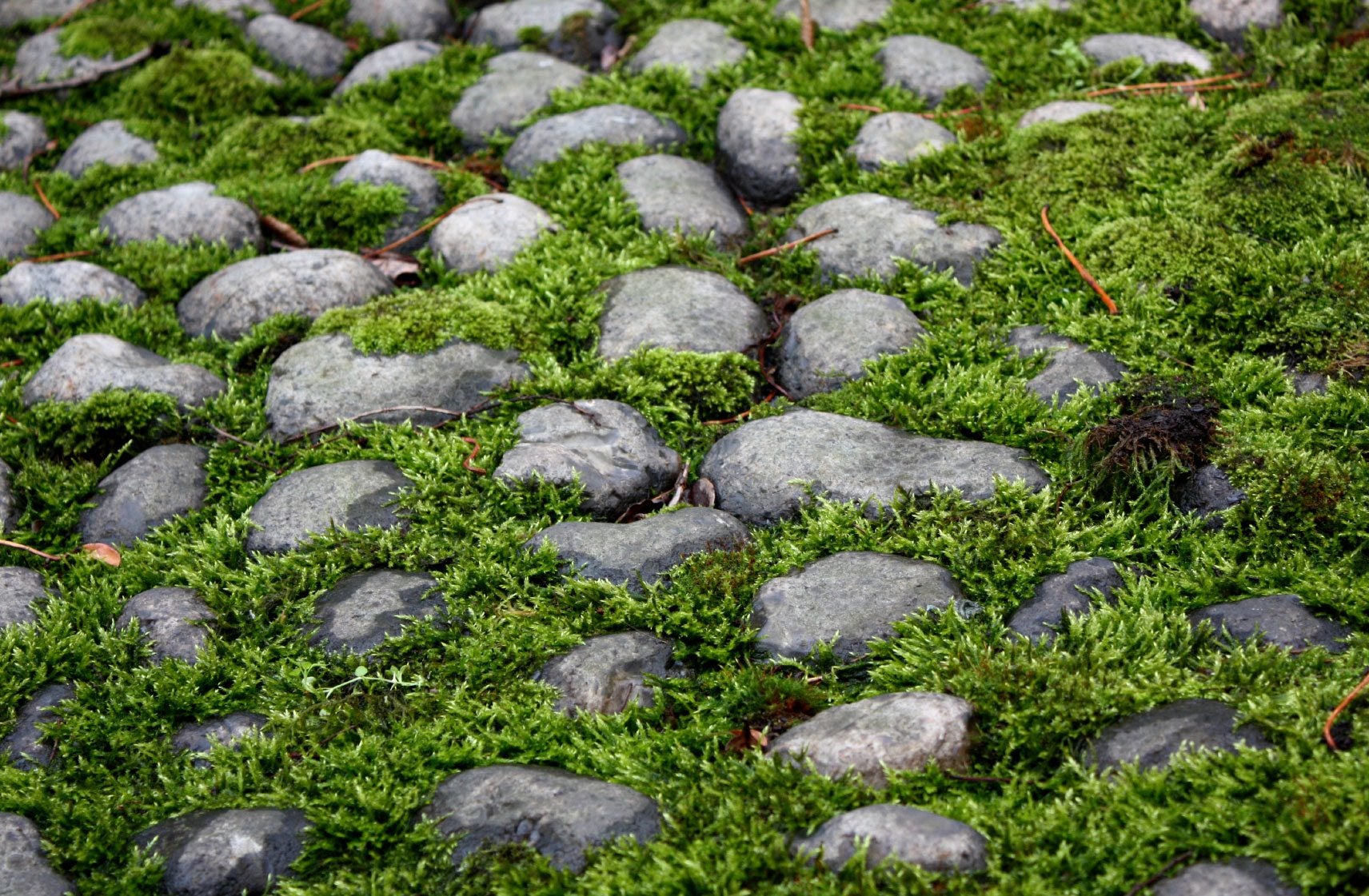 Alternatives To Grass: Learn About Lawn Alternatives In Cold Climates
Alternatives To Grass: Learn About Lawn Alternatives In Cold ClimatesGround covers and other lawn alternatives in cold climates are easier to care for and more environmentally friendly than traditional lawns. Read on to find out about cold area grass alternatives that are easy on your budget and your time.
By Jackie Carroll